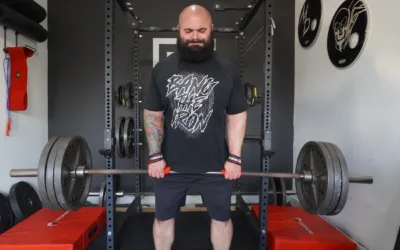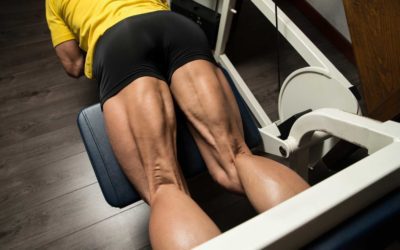Build a Bigger Back With T-bar Rows
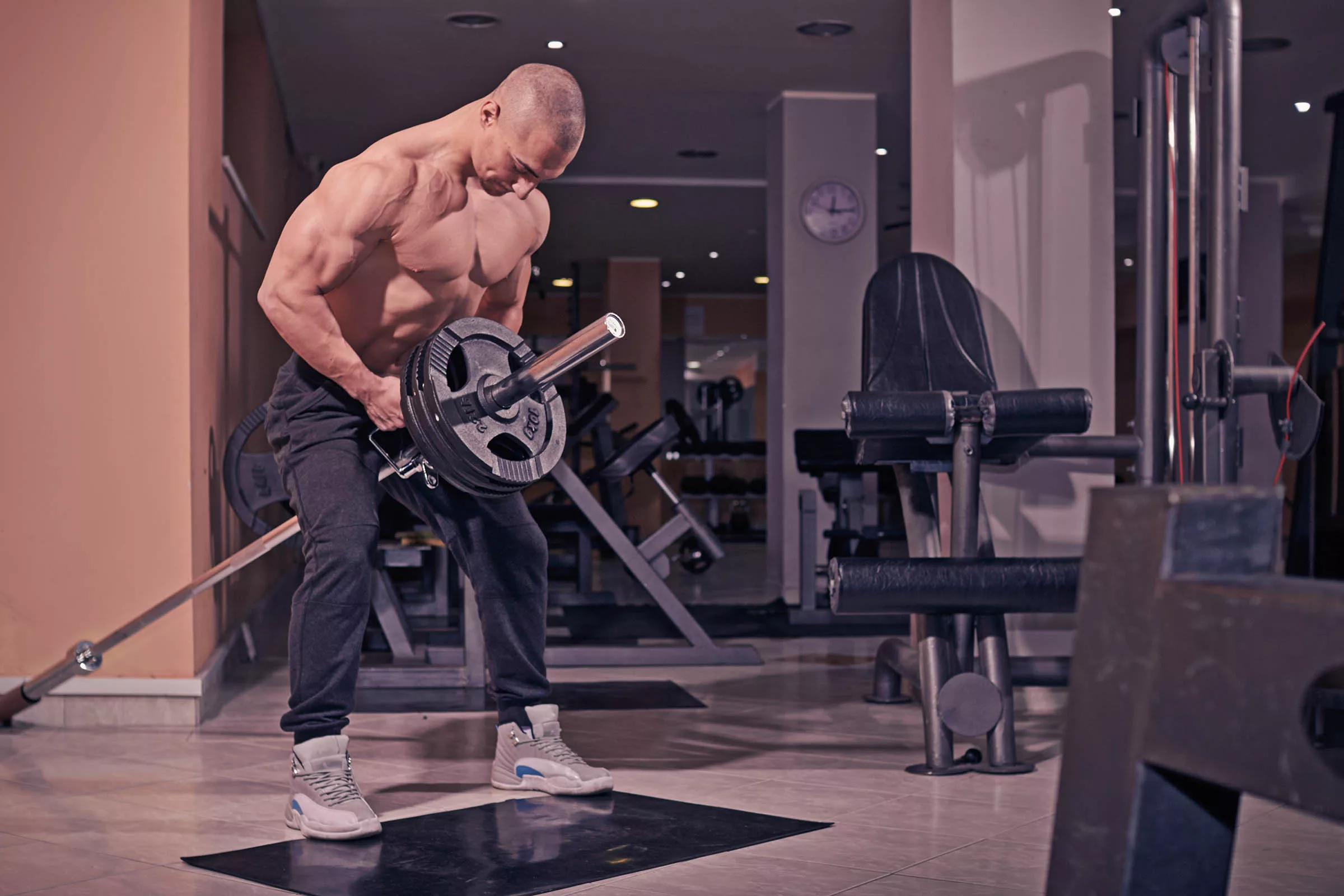
Cole Hergott is the head S&C coach at Trinity Western University in Langley, BC. With a master’s in coaching science and his CSCS, he’s got a passion for fitness, nutrition, and sports. Read on to find out why he recommends the T-Bar row above all other rows, and be sure to check out his detailed guide on how to do them correctly.


Change the Way You Train
Like Other Rows, But Better
In general, rows build the upper and mid-back, which is helpful for holding positions in contact sports like hockey and rugby, for pulling and grappling with opponents like wrestling and football, and for maintaining good posture for… well, life. Also, having a strong back improves shoulder health by balancing out your push and pull muscles.
All row variations are great, but I noticed one that rose above the rest in my programming for my athletes: the T-Bar Row.
Why? The benefit of the T-Bar row (compared to other variations) is the position it forces you to hold. Isometrically holding the hinge position really works your low back muscles, glutes, and hammies. This position is similar to a scrum position in rugby, a low skating position in hockey, or an acceleration position in any running sport.
Being able to maintain tension in one part of your body while moving another is called dissociation and is an important aspect of most sports. Because of the way it translates to sport and its ability to strengthen your back muscles, I recommend the T-bar row to anyone looking to take their gains to a whole new level.
How To Do T-Bar Rows
But enough with the scientific chit-chat, let’s get down to business – how do you successfully perform this amazing row variation?
Setting Up the Bar
As mentioned, start by placing the barbell in a landmine attachment, or in the corner of the rack so it won’t slide away. Place weight on the end of the bar, which will raise the bar shaft off the ground.
Place the grip handle of choice under the bar and stand with the bar going back between your legs into the landmine attachment (you are between the weight and the landmine).
Selecting Your Grip Handles
One of the main benefits of the T-Bar Row is that you can use a different handled grip to get a different focus on the back (unlike the Bent Over Row where you’re locked into holding the bar).
Using a more narrow handle allows you to focus more on the latissimus dorsi, whereas using a wider handle allows you to hit the middle of the back (rhomboids) harder. You can also use a neutral grip, which is more friendly on the wrist and helps if you have had a wrist injury in the past.
Experimenting with a variety of grips allows you to explore what allows you to feel this exercise in the right spots, and use the most weight, thus allowing for more strength and mass gains through progressive overload.
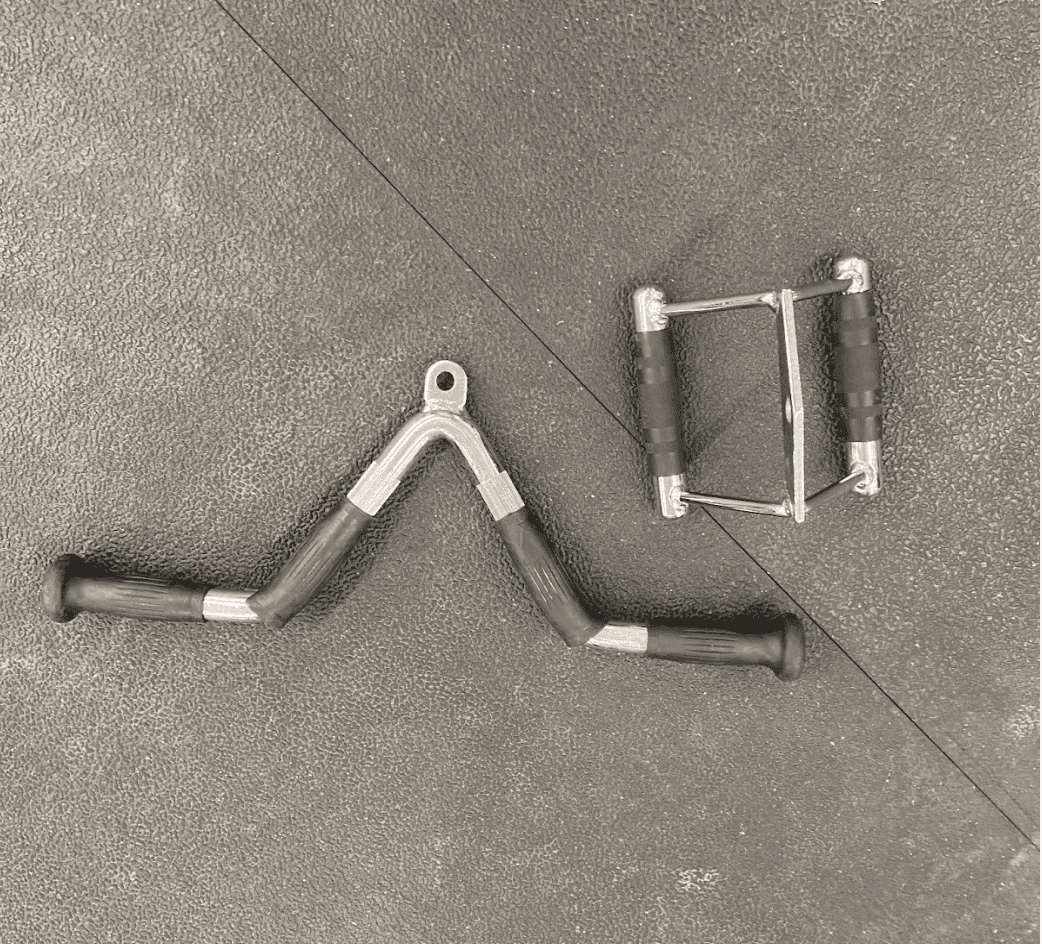

Performing the Lift
Once you’re positioned with the bar between your legs, brace your back and hips and deadlift the bar off the ground so you’re hinged over holding the bar (just like in a bent-over row or the bottom of a Romanian deadlift position).
Now you’re in the starting position. Brace through your trunk and begin your rowing action.
Perform your row by pulling your shoulders back, squeezing your shoulder blades together, and pulling the bar toward your chest. Your finished position should look like the first image, squeezing your shoulders back and staying strong throughout the movement. Try not to let your shoulder collapse or your head fall forward (like the second image).
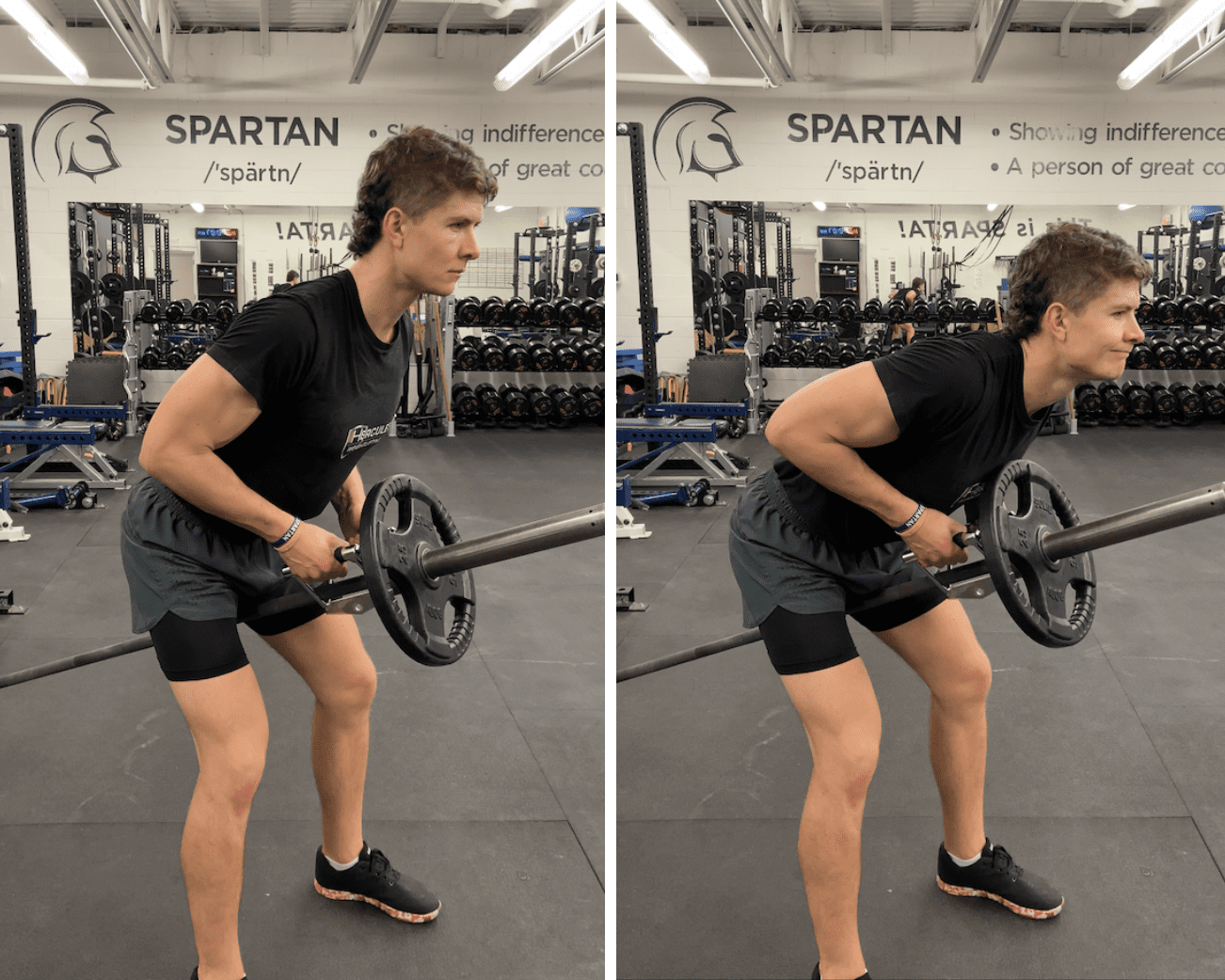

When performing the eccentric (lowering/lengthening) action of your row, simply reverse the action of pulling it up only so far as to return to the bottom arm position. Keep your trunk and hips braced so they stay in the bottom of the RDL position throughout each rep.
Once you have completed all of your reps in the set, simply bend your legs until the weight is back on the ground and let go of the handle attachment.
Tips To Master the T-Bar Row
- Use smaller plates (ie. 25lbs vs 45lbs) so that you’re able to row with a larger range of motion. The 45lb plates will hit you in the chest, potentially stopping your movement short of full range.
- If your back starts to lose position, then the weight is too heavy or you need to brace harder. Drop the ego, drop the weight, and do it right!
- If done with too much weight and you start using your legs and/or bobbing your head, you might experience lower back pain rather than a major back pump
Programming Considerations
- This uses a barbell. If you have limited bars, be sure to program with another exercise that DOES NOT require bars (ie. DB Bench instead of BB Bench)
- These take up lots of space as they come out of the rack, so if the session is busier, just be sure to avoid crowding around them
- Clean them up right after you finish. As these bars stick out, leaving them lying out is a tripping hazard.
- Make sure you have enough handles for the number of landmine set-ups you use. No sense in having 5 bars set up and only 3 handles.
- Be wary of order. As these tax the lower back and hamstrings, I would recommend doing these on days that do not also include Deadlifts (Romanian or Conventional), or if you do, be sure to perform deadlifts first so the T-Bar Row doesn’t negatively affect the deadlift performance.
As mentioned, T-Bar rows are a fantastic row variation that can be included in any program. They have a long list of benefits if done properly (just remember to drop the ego).
While they do require a bit of set-up, the benefit is well worth it. Next time you have the time and space, give T-Bar rows a try to challenge your stability and build a big, juicy back.
Find Your Perfect Training Plan
Sometimes all you need to reach your destination on your fitness journey is an expert guide. We've got you covered. Browse from thousands of programs for any goal and every type of athlete.
Try any programming subscription free for 7 days!
Want Training Tips, Exercise Guides & Knowledge Bombs Sent to Your Inbox?
Sign up for the FitNerd newsletter from TrainHeroic
Related articles
Branding for Strength Coaches Part 2: Getting Started in the TrainHeroic Marketplace
When it comes to selling your programs as a strength coach, standing out is key. A well-crafted profile on the TrainHeroic marketplace not only helps potential clients find you but also establishes trust and shows off your uniqueness. In Part 1 of this series, we...
Winter Warfare: How to Bulk Up This Season
It’s that time of the year to wreak havoc and prepare for a massive winter bulk! But wait, what is a winter bulk? What does it take, and how do we achieve it? Joseph Lucero (CSCS), owner of Harvesting Strength, is a powerlifter and strongman coach with years of...
8 of the Best Hamstring Exercises for Meaty Legs
Your hamstrings are not just for decoration and making yoga feel impossible. They’re essential for basically any athletic movement involving your legs—jumping, running, lunging, squatting, and picking up weight. [ba_card...


Join the community
Sign up for the latest training news and updates from TrainHeroic


About TrainHeroic
Support
Made with love, sweat, protein isolate and hard work in Denver, CO
© 2022 TrainHeroic, Inc. All rights reserved.



